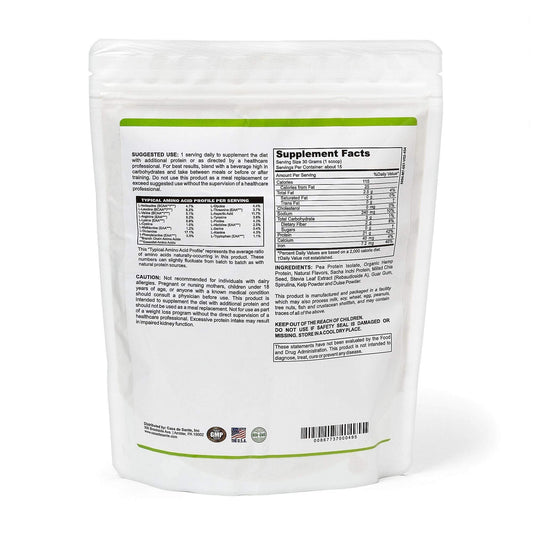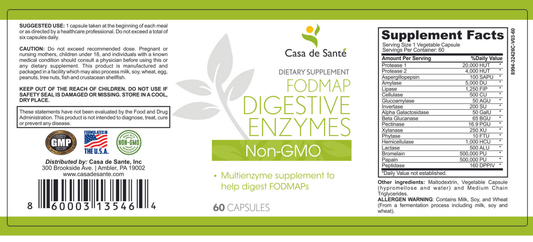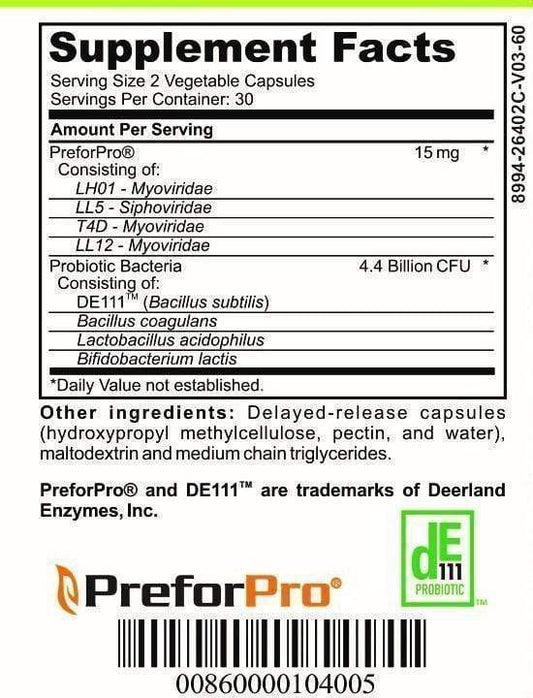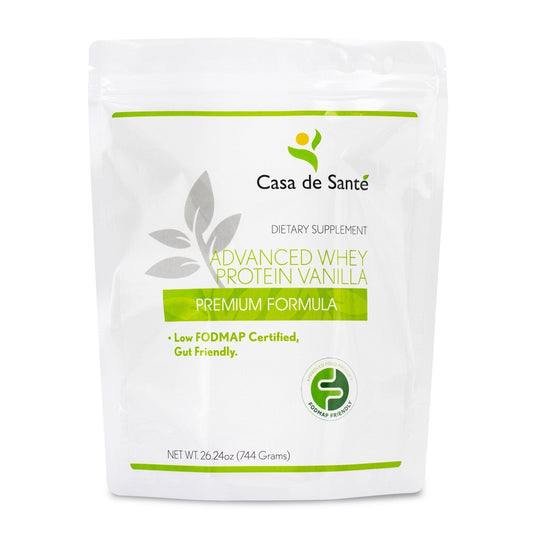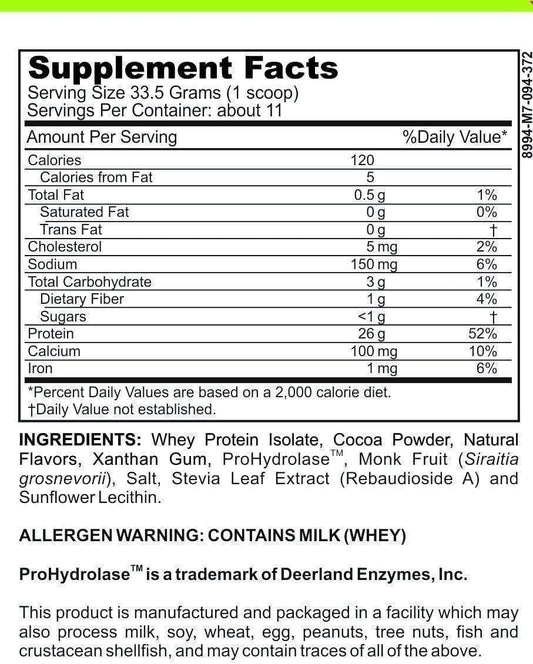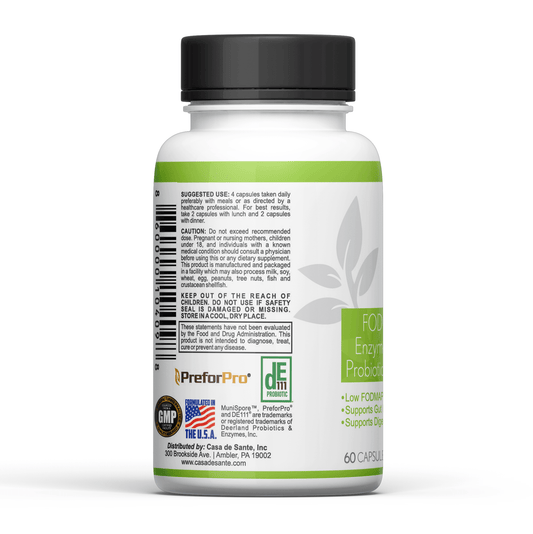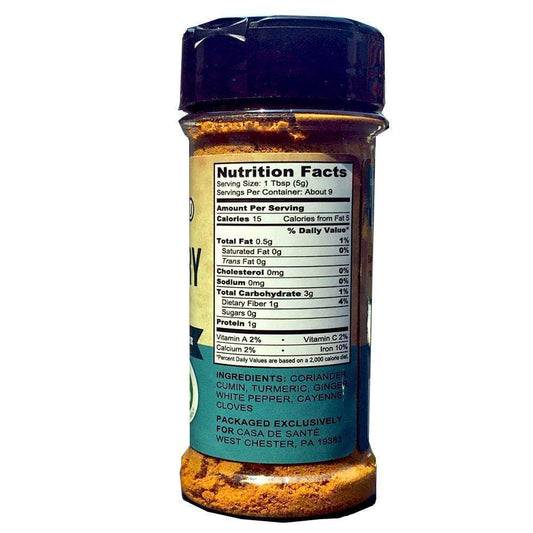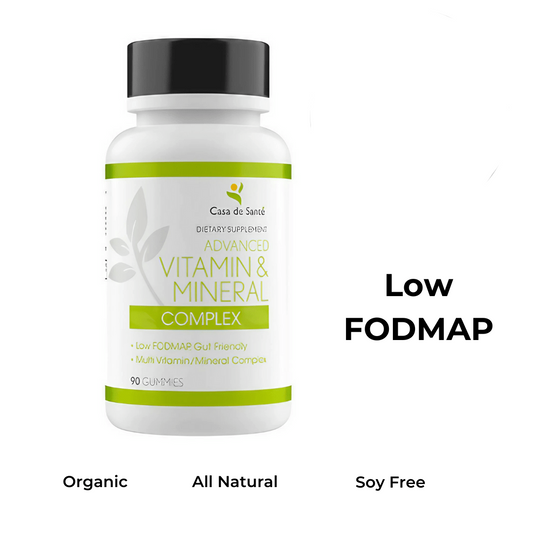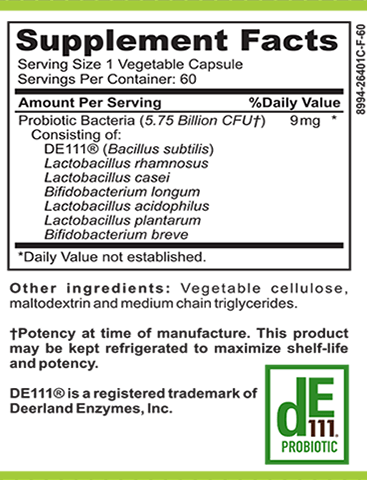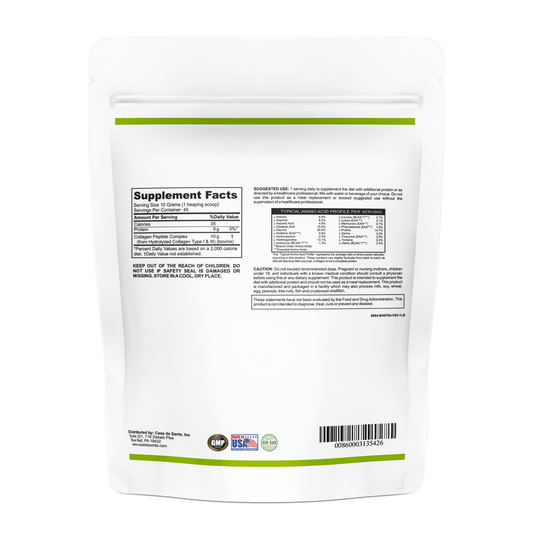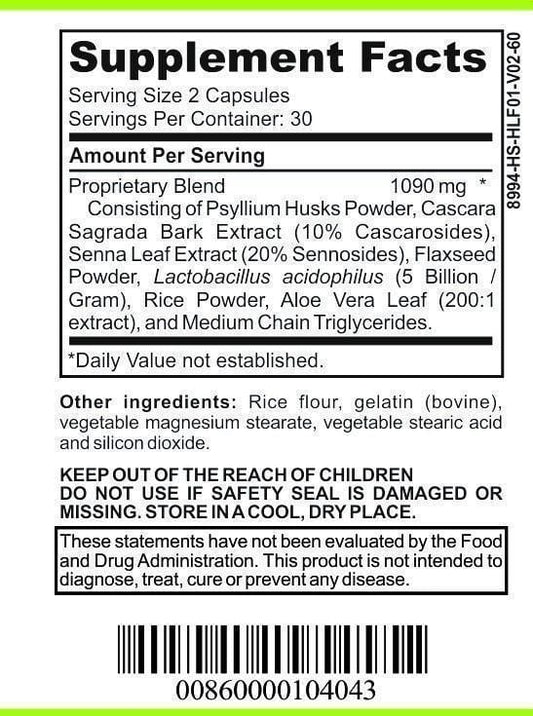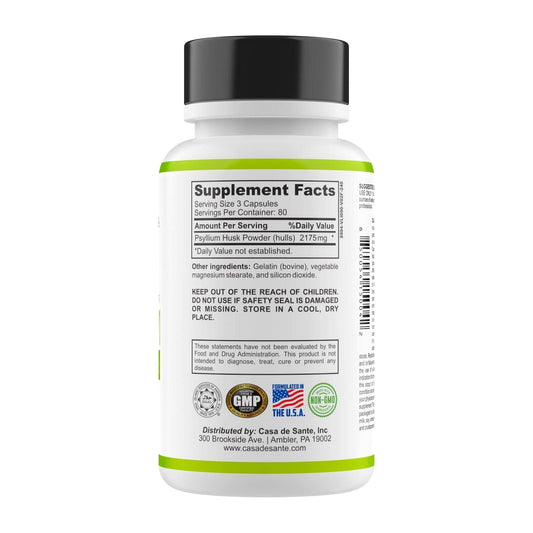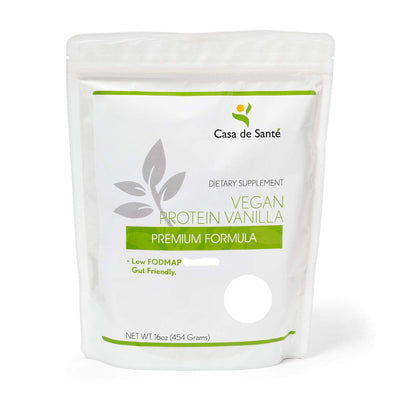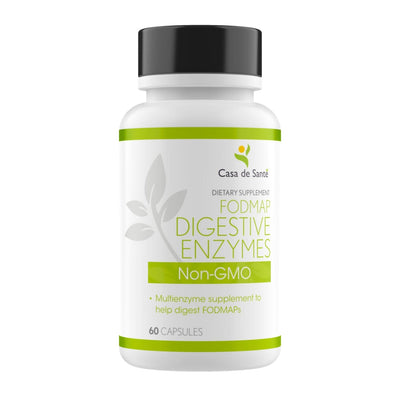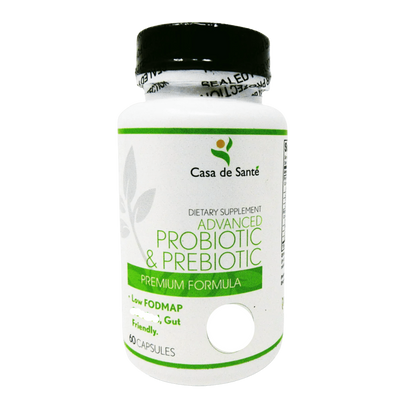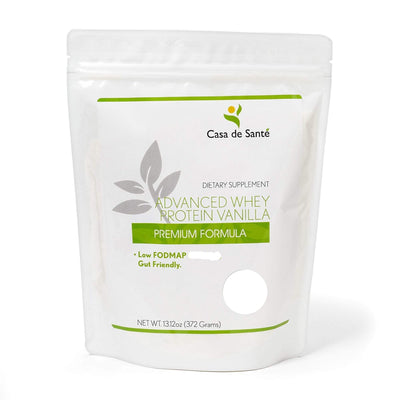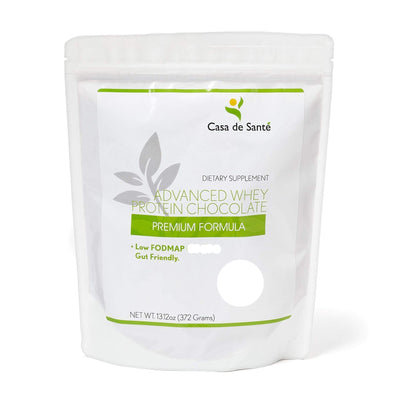Is Cranberry Juice Gluten Free
Is Cranberry Juice Gluten Free
Cranberry juice has gained popularity in recent years for its numerous health benefits and refreshing taste. As more people become conscious of their dietary needs, questions arise about its gluten content. In this article, we will explore the subject in detail to answer the question, "Is cranberry juice gluten-free?"
Understanding Gluten and Its Effects
Before we delve into the gluten content of cranberry juice, let's first understand the nature of gluten and how it affects the body.
Gluten is a protein found in wheat, barley, and rye. It gives dough its elasticity and helps it rise during baking. This protein is composed of two main components: gliadin and glutenin. When mixed with water, gluten forms a sticky network that gives bread its chewy texture.
While harmless for most individuals, people with gluten sensitivity, celiac disease, or wheat allergy need to avoid it strictly. Gluten sensitivity is a condition in which individuals experience symptoms similar to those with celiac disease but without the same immune response. Wheat allergy, on the other hand, is an allergic reaction to wheat proteins, including gluten.
What is Gluten Sensitivity?
Gluten sensitivity, also known as non-celiac gluten sensitivity, is a condition in which individuals experience adverse reactions after consuming gluten-containing foods. The symptoms can vary widely and may include abdominal pain, bloating, diarrhea, constipation, fatigue, headaches, and even skin problems.
Unlike celiac disease, gluten sensitivity does not cause damage to the small intestine. However, it can still significantly impact an individual's quality of life. The exact mechanism behind gluten sensitivity is still not fully understood, but it is believed to involve the immune system and the gut microbiota.
What is Celiac Disease?
Celiac disease is an autoimmune disorder triggered by the ingestion of gluten. When individuals with celiac disease consume gluten, their immune system mistakenly attacks the lining of the small intestine. This immune response damages the villi, small finger-like projections responsible for nutrient absorption.
The damage to the small intestine can lead to various symptoms, including abdominal pain, bloating, diarrhea, weight loss, and malnutrition. If left untreated, celiac disease can have serious long-term consequences, such as anemia, osteoporosis, infertility, and an increased risk of certain cancers.
What is Wheat Allergy?
Wheat allergy is an allergic reaction to proteins found in wheat, including gluten. Unlike celiac disease and gluten sensitivity, which involve the immune system's response to gluten, wheat allergy is an IgE-mediated allergic reaction.
When individuals with wheat allergy consume wheat or gluten, their immune system produces an antibody called immunoglobulin E (IgE), which triggers the release of histamine and other chemicals. This immune response can cause a range of symptoms, including hives, itching, swelling, difficulty breathing, and in severe cases, anaphylaxis.
Conclusion
In conclusion, gluten is a protein found in wheat, barley, and rye that gives dough its elasticity and helps it rise during baking. While harmless for most individuals, it can cause adverse reactions in people with gluten sensitivity, celiac disease, or wheat allergy. Understanding these conditions and their effects is crucial for individuals who need to follow a strict gluten-free diet to maintain their health and well-being.
The Gluten-Free Diet
The gluten-free diet involves excluding all sources of gluten from one's meals. Gluten is a protein found in wheat, barley, and rye, and it can cause adverse reactions in individuals with gluten sensitivity or celiac disease. While this may seem daunting at first, many health benefits come with adopting this lifestyle.
When following a gluten-free diet, individuals often experience improved digestion. Gluten can be difficult to digest for some people, leading to symptoms such as bloating, gas, and abdominal pain. By eliminating gluten from their diet, these individuals may find relief from these uncomfortable symptoms and enjoy a more comfortable digestive system.
In addition to improved digestion, a gluten-free diet can also lead to increased energy levels. Some individuals with gluten sensitivity or celiac disease may experience fatigue and low energy due to the body's immune response to gluten. By removing gluten from their diet, they may experience a boost in energy and overall vitality.
Reduced inflammation is another benefit of a gluten-free diet. Inflammation is the body's natural response to injury or infection, but for individuals with gluten sensitivity or celiac disease, gluten can trigger an inflammatory response in the gut. By eliminating gluten, these individuals may experience a decrease in inflammation, which can have a positive impact on their overall health and well-being.
Furthermore, a gluten-free diet can improve nutrient absorption. In individuals with celiac disease, the presence of gluten in the small intestine can damage the villi, tiny finger-like projections that help absorb nutrients from food. By removing gluten from their diet, individuals with celiac disease can allow their small intestine to heal, leading to better absorption of essential nutrients.
Benefits of a Gluten-Free Diet
Research suggests that a gluten-free diet can lead to improved digestion, increased energy levels, reduced inflammation, and better nutrient absorption. It has also been found to help manage certain autoimmune conditions and enhance overall well-being.
In addition to the physical benefits, a gluten-free diet can also have a positive impact on mental health. Some individuals with gluten sensitivity or celiac disease may experience brain fog, mood swings, and even depression as a result of consuming gluten. By eliminating gluten from their diet, these individuals may experience improved mental clarity, stabilized moods, and a greater sense of well-being.
Moreover, adopting a gluten-free lifestyle can lead to a more diverse and adventurous culinary experience. Many individuals find themselves exploring new and exciting ingredients and recipes to replace gluten-containing foods. This can open up a whole new world of flavors and textures, making the gluten-free diet an opportunity for culinary exploration and creativity.
Challenges of a Gluten-Free Diet
While the health benefits of a gluten-free diet are compelling, it does come with its fair share of challenges. Finding suitable alternatives for gluten-containing foods and maintaining a balanced diet can be difficult for some individuals.
One of the main challenges of a gluten-free diet is finding suitable replacements for staple foods such as bread, pasta, and baked goods. Gluten provides elasticity and structure to these foods, and replicating these qualities without gluten can be a tricky task. However, with the increasing popularity of the gluten-free diet, there are now many gluten-free alternatives available in stores, ranging from gluten-free bread made with alternative flours to gluten-free pasta made from rice or corn.
Another challenge is ensuring a balanced diet while avoiding gluten. Gluten-containing grains, such as wheat, barley, and rye, are often major sources of nutrients like fiber, B vitamins, and iron. When following a gluten-free diet, it is important to find alternative sources of these nutrients to maintain a well-rounded and nutritious diet. Incorporating gluten-free whole grains like quinoa, amaranth, and buckwheat, as well as consuming a variety of fruits, vegetables, lean proteins, and healthy fats, can help individuals meet their nutritional needs.
Additionally, dining out and social situations can pose challenges for individuals following a gluten-free diet. Many restaurants and social gatherings may not have gluten-free options readily available, making it necessary for individuals to plan ahead and communicate their dietary needs. However, with increased awareness and understanding of gluten-free diets, more establishments are now offering gluten-free menus and accommodating individuals with specific dietary requirements.
In conclusion, the gluten-free diet offers numerous health benefits, including improved digestion, increased energy levels, reduced inflammation, and better nutrient absorption. However, it also comes with its own set of challenges, such as finding suitable alternatives for gluten-containing foods and maintaining a balanced diet. Despite these challenges, many individuals find that the benefits of a gluten-free lifestyle outweigh the difficulties, leading to improved overall well-being and a greater sense of control over their health.
Gluten Content in Beverages
When it comes to beverages and their gluten content, it's important to be aware of the potential hidden traces of gluten. While some beverages are naturally gluten-free, others may contain gluten due to cross-contamination or added ingredients.
Let's delve deeper into the world of beverages and explore the different factors that can contribute to their gluten content.
Common Beverages with Gluten
Beer, malt beverages, and some dairy-based drinks often contain gluten. These beverages can pose a challenge for individuals with gluten sensitivities or celiac disease. It is crucial to read labels carefully or consult the manufacturer to know if a particular beverage is gluten-free.
Beer, for instance, is traditionally made from barley, which contains gluten. However, there are now gluten-free beer options available that are brewed using alternative grains like sorghum, rice, or corn.
Similarly, malt beverages, such as malted milkshakes or malted hot beverages, often contain gluten due to the malted barley used in their production. These beverages should be approached with caution by those following a gluten-free diet.
It's also worth noting that some dairy-based drinks, like certain flavored milkshakes or coffee beverages, may contain gluten if they have added ingredients or flavorings that contain gluten. Checking the ingredient list or consulting the manufacturer is essential to ensure their gluten-free status.
Gluten-Free Beverage Options
Fortunately, there is a wide range of gluten-free beverage options available for those who need to avoid gluten. These beverages not only provide hydration but also offer a variety of flavors and nutritional benefits.
Fruit juices, such as orange juice, apple juice, or grapefruit juice, are naturally gluten-free and can be enjoyed by individuals with gluten sensitivities. These refreshing beverages are packed with essential vitamins and minerals, making them a healthy choice for many.
Vegetable juices, like carrot juice, tomato juice, or beet juice, are also gluten-free options that can be incorporated into a balanced diet. These juices are not only delicious but also provide a good source of antioxidants and other beneficial compounds.
For those who prefer a warm and soothing drink, herbal teas are an excellent gluten-free choice. Whether it's chamomile, peppermint, or ginger tea, these beverages offer a calming experience while being free from gluten.
Of course, one can never go wrong with plain water. Water is the ultimate gluten-free beverage that keeps us hydrated and is essential for our overall well-being. Staying hydrated is crucial, especially for individuals with celiac disease or gluten sensitivities.
Moreover, many brands now offer gluten-free versions of popular beverages. Whether it's a gluten-free beer, a dairy-free milkshake, or a flavored water, these options cater to the needs of individuals who follow a gluten-free lifestyle.
So, the next time you reach for a beverage, take a moment to consider its gluten content. By being aware and making informed choices, you can enjoy a wide variety of delicious and gluten-free beverages that suit your dietary needs.
Cranberry Juice and Gluten
Now, let's address the main query: Is cranberry juice gluten-free? To determine the answer, we need to consider the production process and analyze the gluten content in cranberry juice.
Production Process of Cranberry Juice
Cranberry juice is typically made by extracting the juice from fresh cranberries and undergoing a pasteurization process to ensure safety and longevity. Additional ingredients or additives may be included, but it is essential to examine each product individually.
Analyzing the Gluten Content in Cranberry Juice
While cranberry juice, in its pure form, does not contain gluten, it is crucial to be cautious when purchasing pre-packaged cranberry juice. Cross-contamination during manufacturing or the addition of certain flavorings or preservatives can introduce gluten into the product. Always read labels carefully or reach out to the manufacturer for gluten-free verification.
Other Gluten-Free Juices
If you are avoiding gluten, there are numerous other gluten-free juice options available for you to enjoy. Let's explore a few popular ones:
Popular Gluten-Free Juice Options
1. Apple juice: Made from fresh apples, apple juice is naturally gluten-free and widely available.
2. Orange juice: Freshly squeezed or commercially produced, orange juice is a popular gluten-free choice packed with vitamin C.
3. Grape juice: Made from grapes, grape juice is a delicious and nutritious option without any gluten concerns.
Reading Labels for Gluten-Free Verification
When selecting juices, always read the labels carefully to ensure they are certified gluten-free. This guarantees that the product is free from gluten or that any gluten present is below the threshold considered safe for individuals with gluten sensitivities or celiac disease.
In conclusion, cranberry juice can be gluten-free, but it is important to exercise caution and read labels carefully. By understanding the nature of gluten, following a gluten-free diet, and selecting gluten-free beverages, individuals with gluten sensitivities can enjoy a wide variety of options, including cranberry juice, while maintaining a healthy lifestyle.


